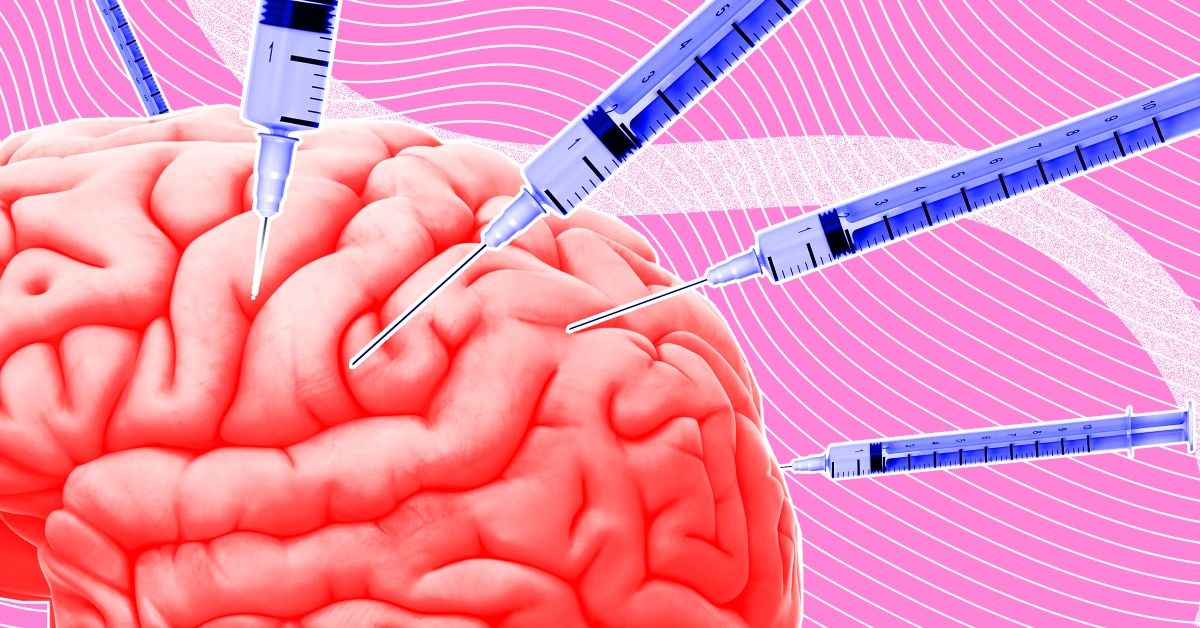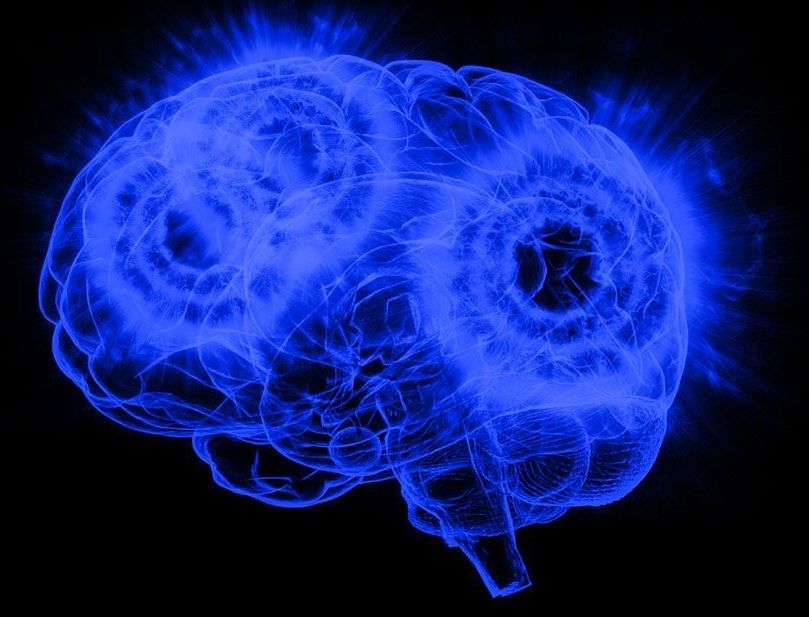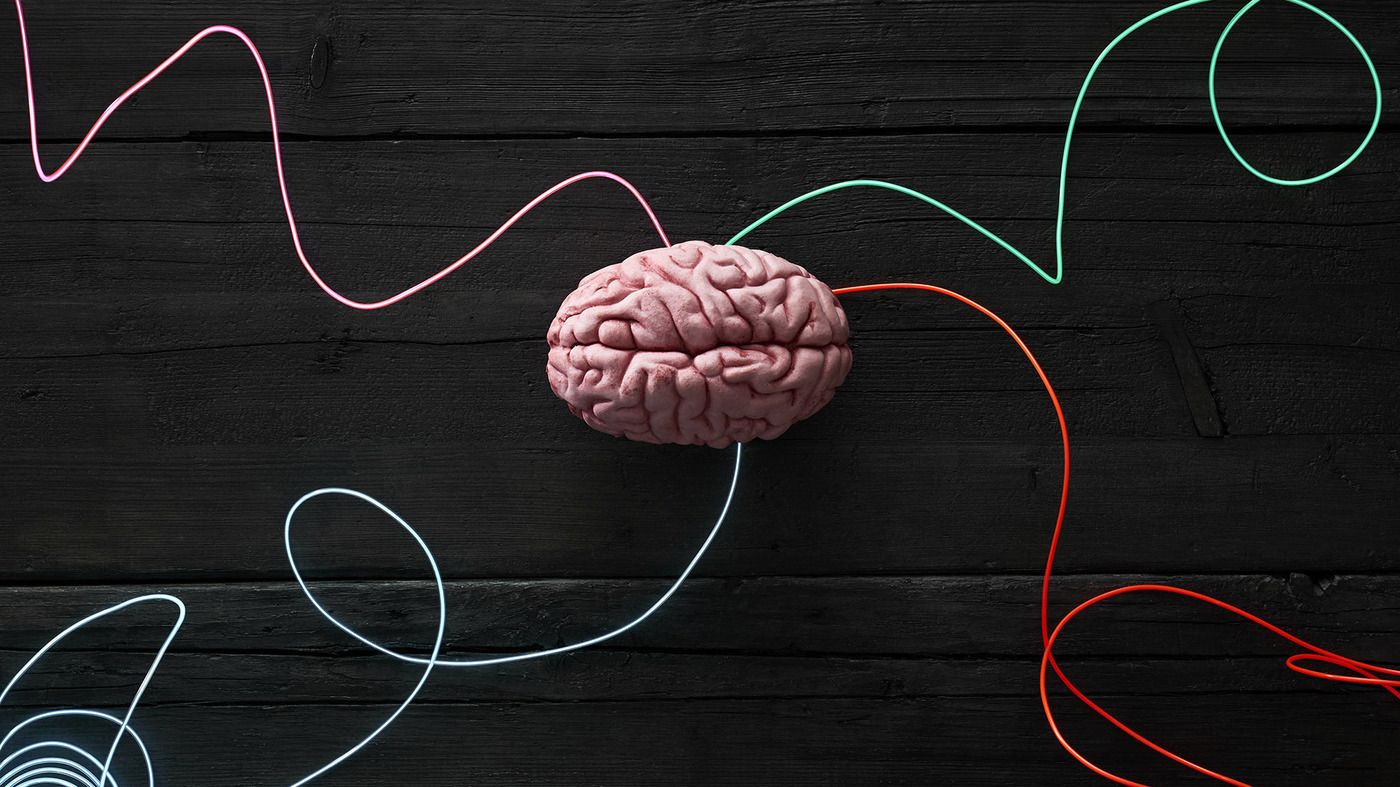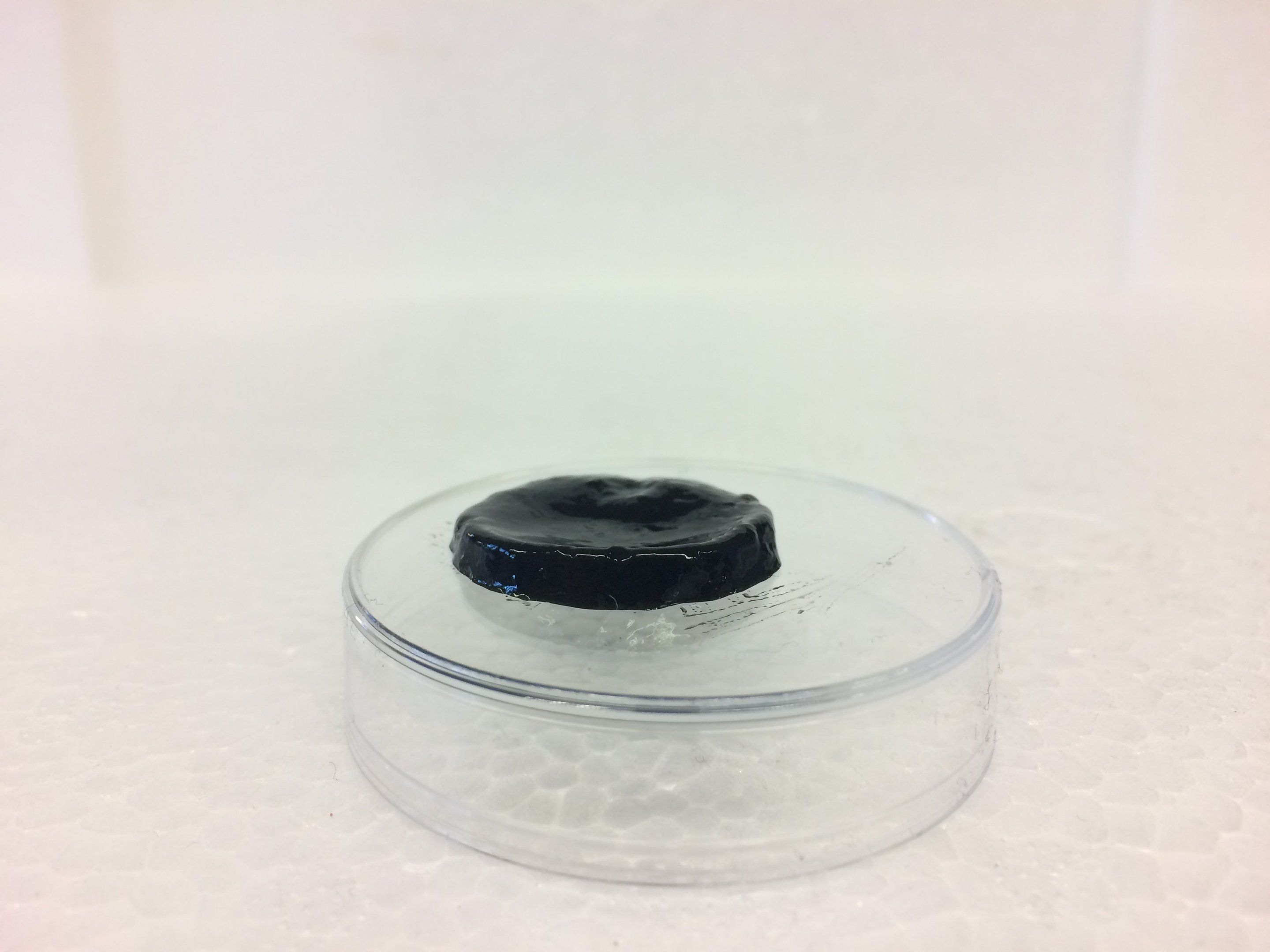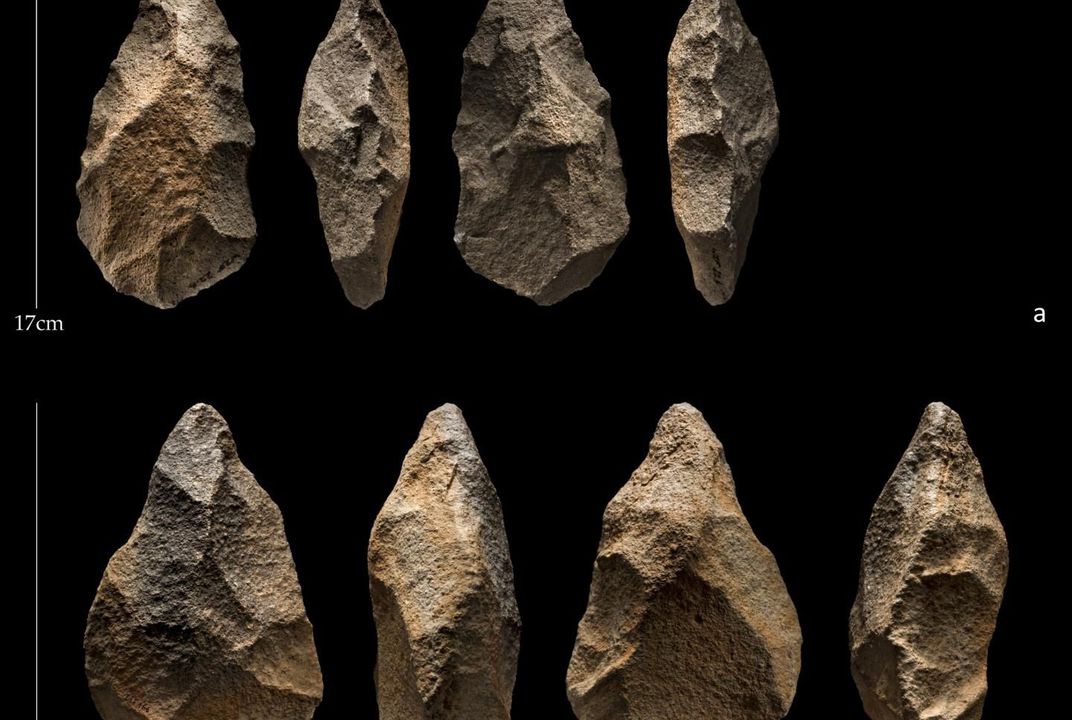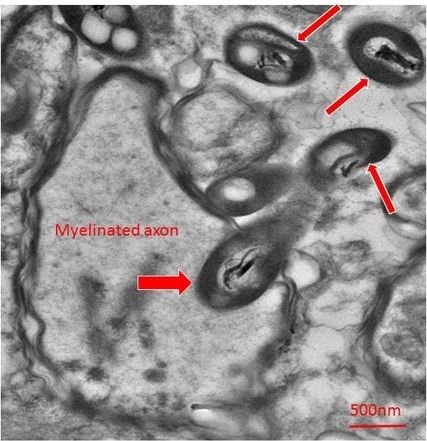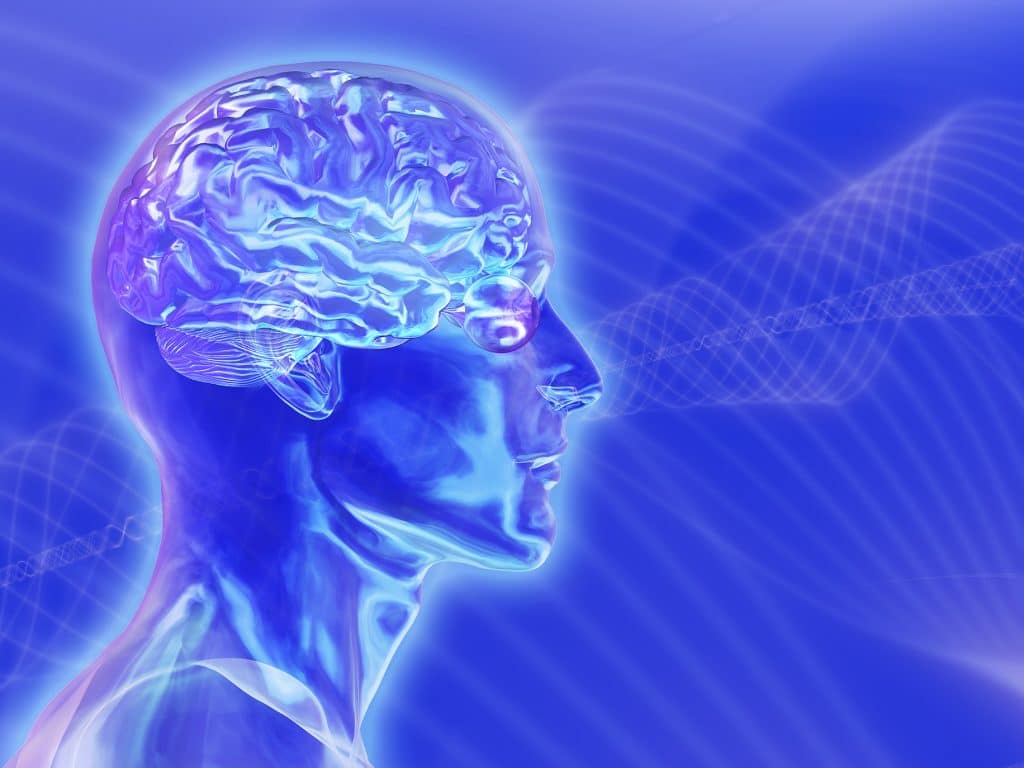Archive for the ‘neuroscience’ category: Page 203
Nov 30, 2018
Stimulating This Part of the Brain Alleviates Depression Symptoms
Posted by Victoria Generao in category: neuroscience
Nov 30, 2018
A ‘party drug’ with potential to be the next blockbuster antidepressant is edging closer to the mainstream, but it could set you back $9,000
Posted by Shailesh Prasad in categories: media & arts, neuroscience
- Once dismissed as a “party drug,” ketamine is emerging as a potential alternative treatment for depression.
- A growing list of academic medical centers now offer the drug, including Columbia University, which began offering ketamine to patients with severe depression this fall.
- Ketamine works differently from common antidepressants like Celexa or Prozac and has been called “the most important discovery in half a century.”
- Pharmaceutical companies, including Allergan and Johnson & Johnson, are also working on developing blockbuster antidepressants inspired by ketamine.
Ketamine, a drug once associated with raucous parties, bright lights, and loud music, is increasingly being embraced as an alternative depression treatment for the millions of patients who don’t get better after trying traditional medications.
The latest provider of the treatment is Columbia University, one of the nation’s largest academic medical centers.
Nov 30, 2018
Syfy’s Nightflyers asks whether humanity deserves to be saved
Posted by Derick Lee in categories: bioengineering, genetics, neuroscience, space travel

Showrunner Jeff Buhler has built a fascinating world around Martin’s story seeds, starting by setting the action within the foreseeable future, rather than in an incomprehensibly distant one. The invented technologies here are particularly intriguing, like the genetic modifications first officer Melantha Jhirl (Jodie Turner-Smith) has to make her better suited for space travel, or the cybernetics technician Lommie (Maya Eshet) uses to interface with machinery. Given the state of real-world technological developments in genetic engineering and research into brain-machine interfaces, the series feels plausible and grounded, even though it’s set in a spacefaring future.
The 10-episode space series adapts a 40-year-old George R.R. Martin novella.
Continue reading “Syfy’s Nightflyers asks whether humanity deserves to be saved” »
Experimental Brain Stimulation Relieved Depression Symptoms In Study : Shots — Health News People with symptoms suggesting depression felt better immediately when tiny pulses of electricity reached a brain area called the lateral orbitofrontal cortex.
Nov 29, 2018
Hydrogel-based electrodes for brain implants developed
Posted by Klaus Baldauf in categories: biological, engineering, neuroscience
Hydrogels are physical and chemical polymer networks capable of retaining large quantities of liquid in aqueous conditions without losing their dimensional stability. They are used in a whole host of applications, and in combination with other components and they acquire specific properties such as electrical conductivity. The Materials + Technology research group in the Department of Chemical Engineering and Environment of the UPV/EHU’s Faculty of Engineering selected a biopolymer that had not previously been used for applications of this type: starch. “One of our lines of research focuses on starch, and we regard it as having biological, physical and chemical properties suitable for producing hydrogels,” said Kizkitza Gonzalez-Munduate, a member of the group.
Nov 29, 2018
Stone Tools at Arabian “Crossroads” Present Mysteries of Ancient Human Migration
Posted by Genevieve Klien in categories: materials, neuroscience
Scerri now knows when people dropped their tools on the barren ridge, but she can only speculate as to just who they were.
“The hominins responsible for the Acheulean at the site made their way into the heart of now arid Arabia by following lake and river channels. Once there, they climbed up the largest dyke, which was also a source of raw material,” she says. The toolmaking site they created there, perched at a lofty vantage point from which they could observe the surrounding plains, hints at how they may have thought and lived. “We don’t know which hominin taxon made these tools, but what we can say is that the hominins were resourceful and intelligent,” adds Scerri, of the Max Planck Institute and the University of Oxford.
Why these hominins took such a route at all is another area of intriguing speculation. “Although Arabia was wetter when these hominins were at Saffaqah, it was still a marginal environment,” Scerri says. “Were they pushed to the margins by larger brained hominins elsewhere, such as Neanderthals or even Homo sapiens in Africa?”
Nov 29, 2018
Are There Bacteria in Your Brain?
Posted by Xavier Rosseel in categories: biotech/medical, neuroscience
Rosalinda Roberts had gotten used to seeing weird shapes in the brain. Over three decades of looking at brain tissue under an electron microscope, she’d regularly come across “unknown objects”—specks and blobs in her images that weren’t supposed to be there, and didn’t seem to relate to the synapses and structure that she was studying. “I’d just say, ‘well I’m not going to pay attention to that’” she explains. That’s all changed now.
Finding bacteria in the brain is usually very bad news. The brain is protected from the bacterial menagerie of the body by the blood-brain barrier, and is considered a sterile organ. When its borders are breached, things like encephalitis and meningitis can result. Which made it all the more surprising when Roberts, along with Charlene Farmer and Courtney Walker, realized that the unknown objects in their slides were bacteria.
Many of them were caught mid-stride, entering neurons or penetrating axons. Others were in the process of dividing. They were picky, too, strongly preferring some regions of the brain over others. The surrounding brain tissue showed no signs of inflammation. If the bacteria were in the brain while the individual was alive, they were not pathogenic.
Nov 27, 2018
Journal Club November 2018 — Senescent cells and Alzheimer’s
Posted by Steve Hill in categories: biotech/medical, life extension, neuroscience
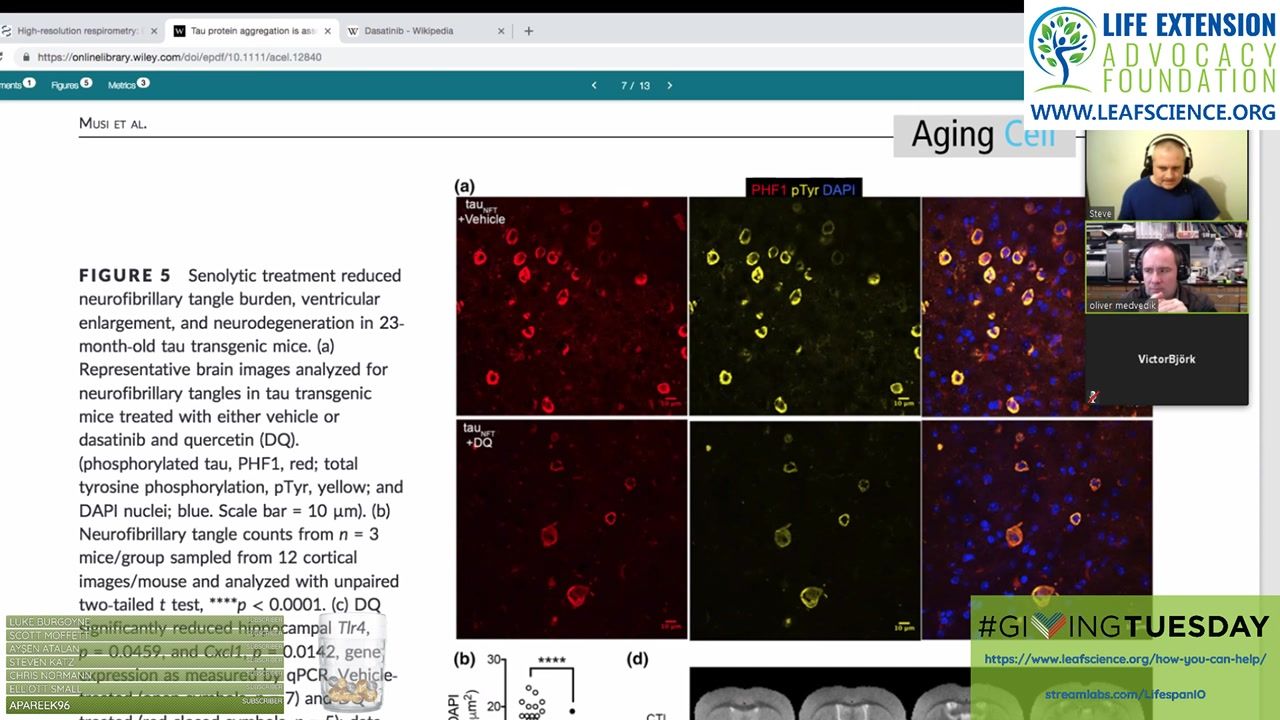
Tau protein aggregation is associated with cellular senescence in the brain is the topic for the November Journal Club. This is an important paper as it shows how senescent cells contribute to Alzheimer’s disease and how removing them appears to improve the condition. We will see you live on our Facebook page at 13:00 EST for the Journal Club show with Dr. Oliver Medvedik.
Abstract
Tau protein accumulation is the most common pathology among degenerative brain diseases, including Alzheimer’s disease (AD), progressive supranuclear palsy (PSP), traumatic brain injury (TBI), and over twenty others.
Continue reading “Journal Club November 2018 — Senescent cells and Alzheimer’s” »
Nov 27, 2018
Sluggish Brain Waves May Be Early Sign of Dementia
Posted by Genevieve Klien in categories: biotech/medical, neuroscience
Tracking brain wave activity in individuals at high risk for Alzheimer’s disease may be a promising new method for early detection, according to a new Canadian study by researchers at Baycrest Centre for Geriatric Care in Toronto, Ontario.
This is possible because brain waves tend to slow down in certain regions likely to be affected by the disease next, even before neurons have been lost.
The findings, published online in the journal Human Brain Mapping, show that individuals potentially in the early stages of Alzheimer’s disease (mild cognitive impairment) and those with a rare form of language dementia (primary progressive aphasia) exhibited sluggish brainwaves and subtle signs of damage in the brain regions responsible for memory and planning.
Continue reading “Sluggish Brain Waves May Be Early Sign of Dementia” »
